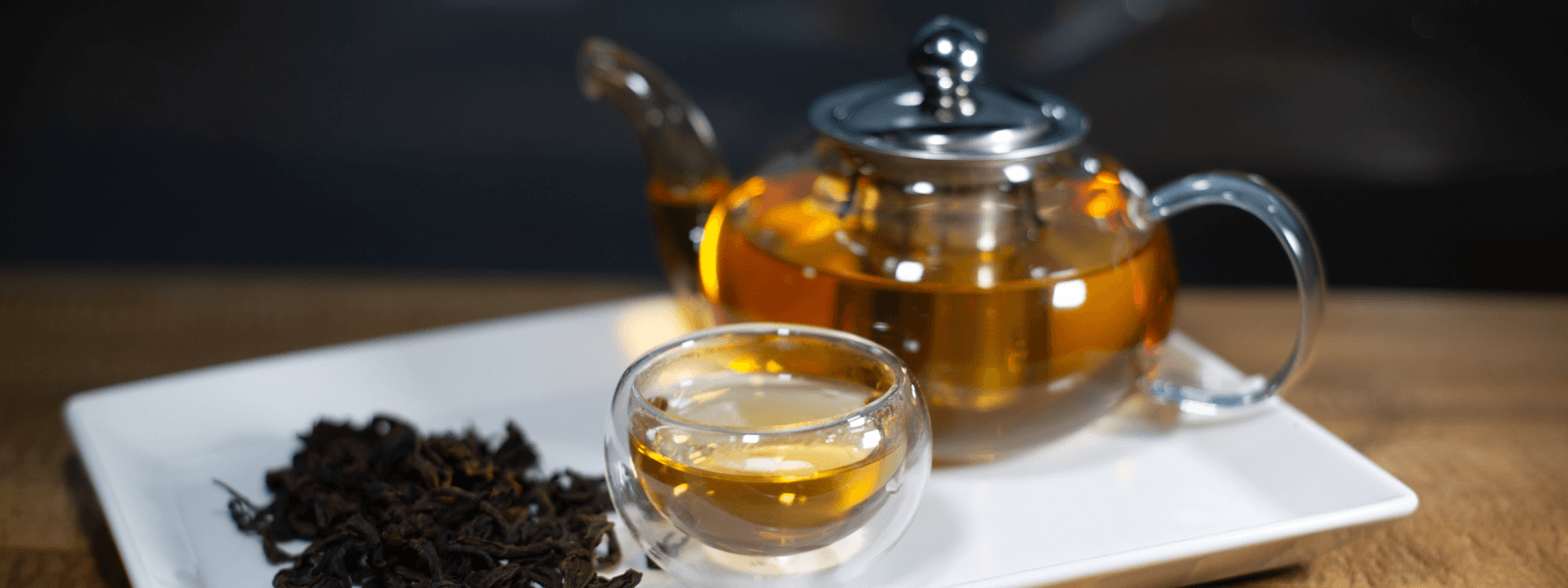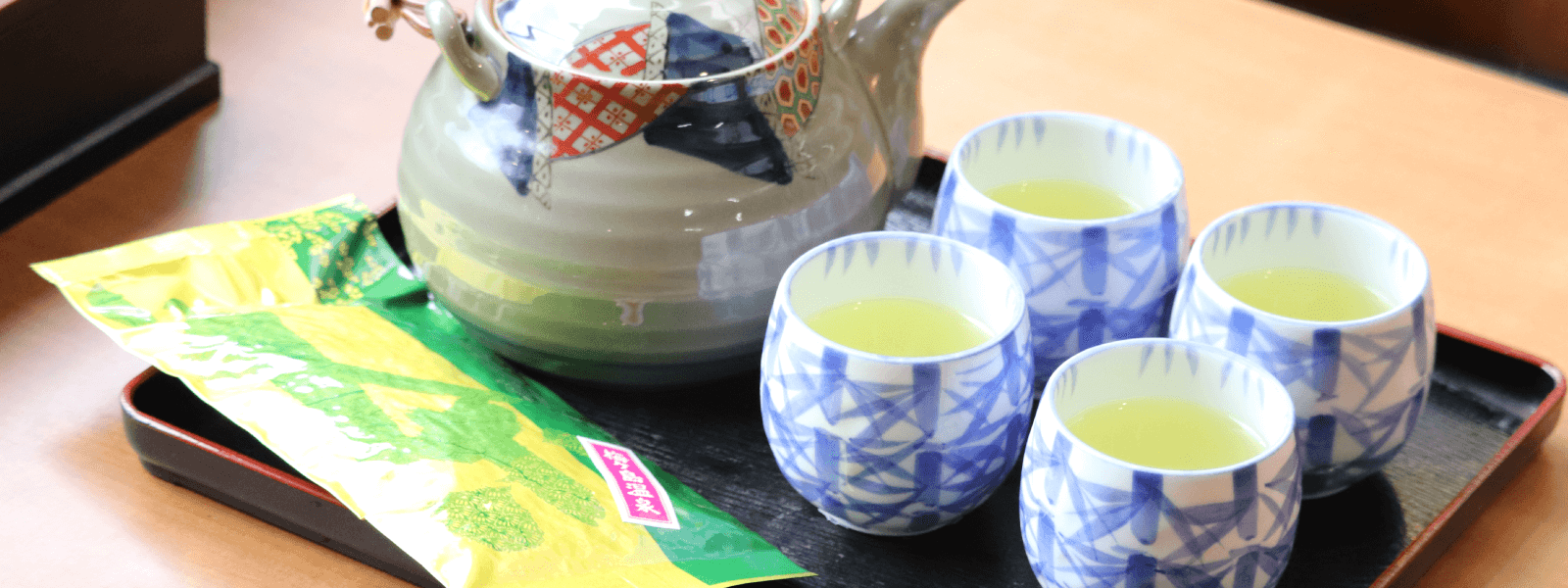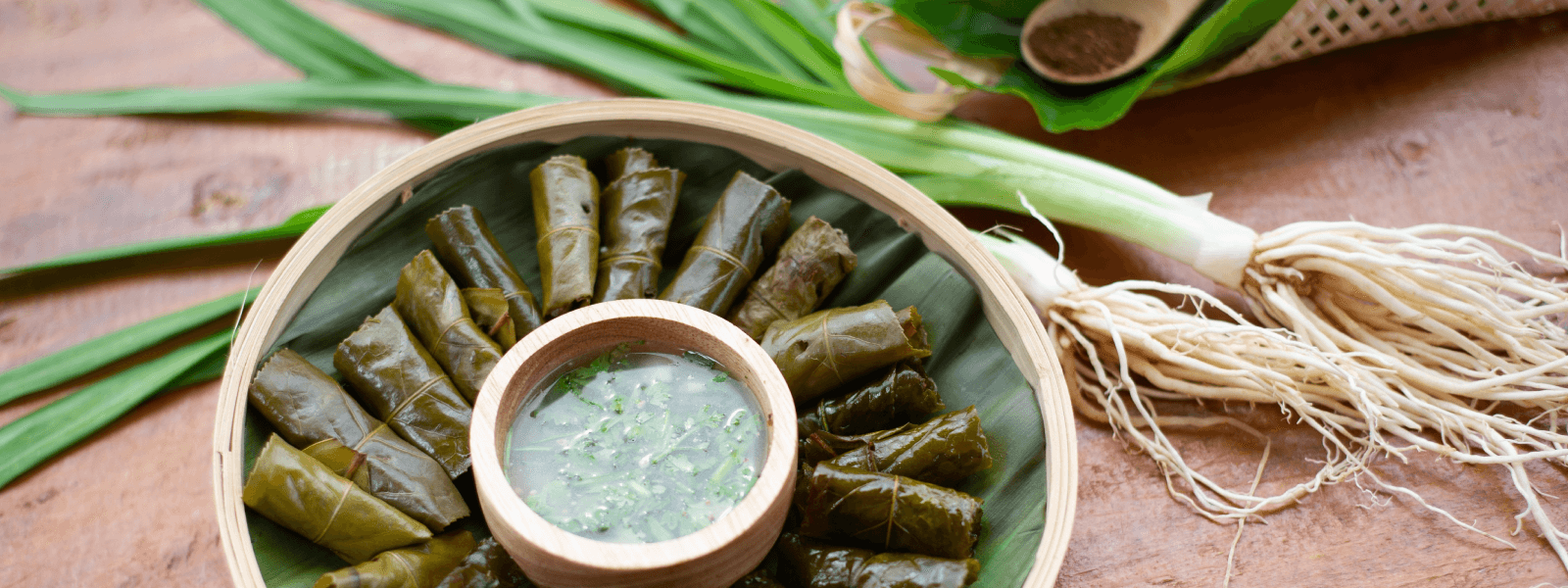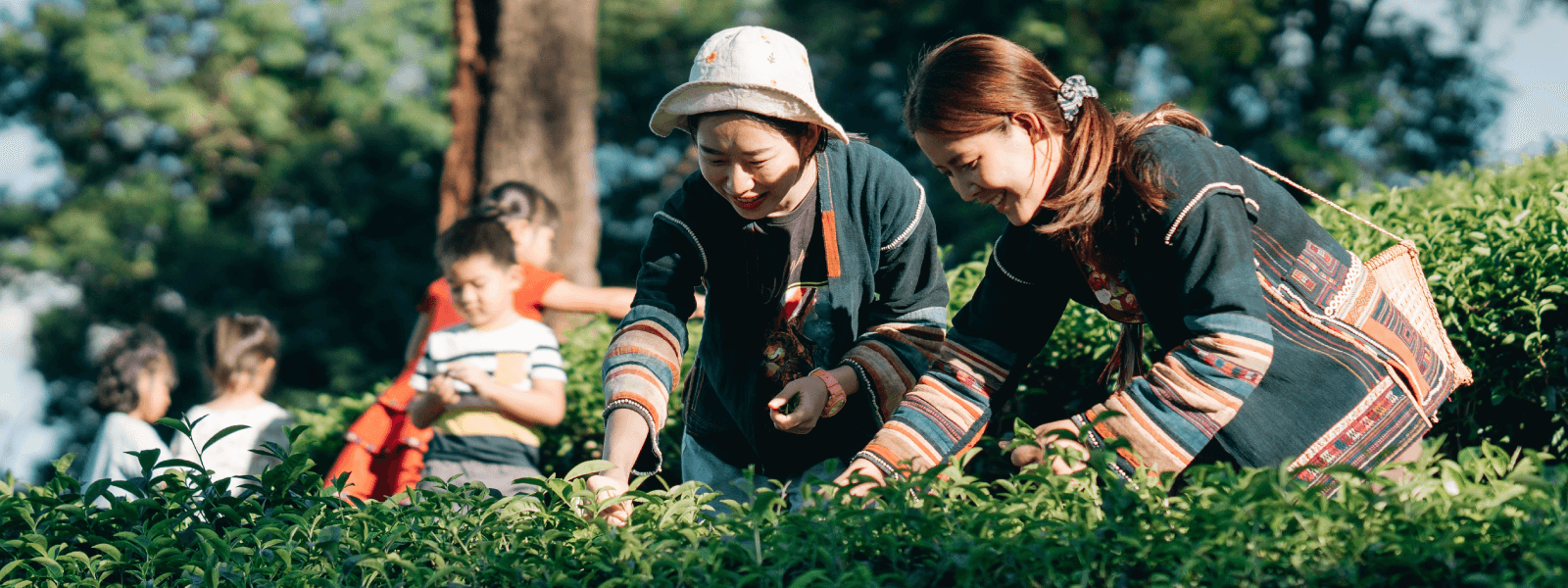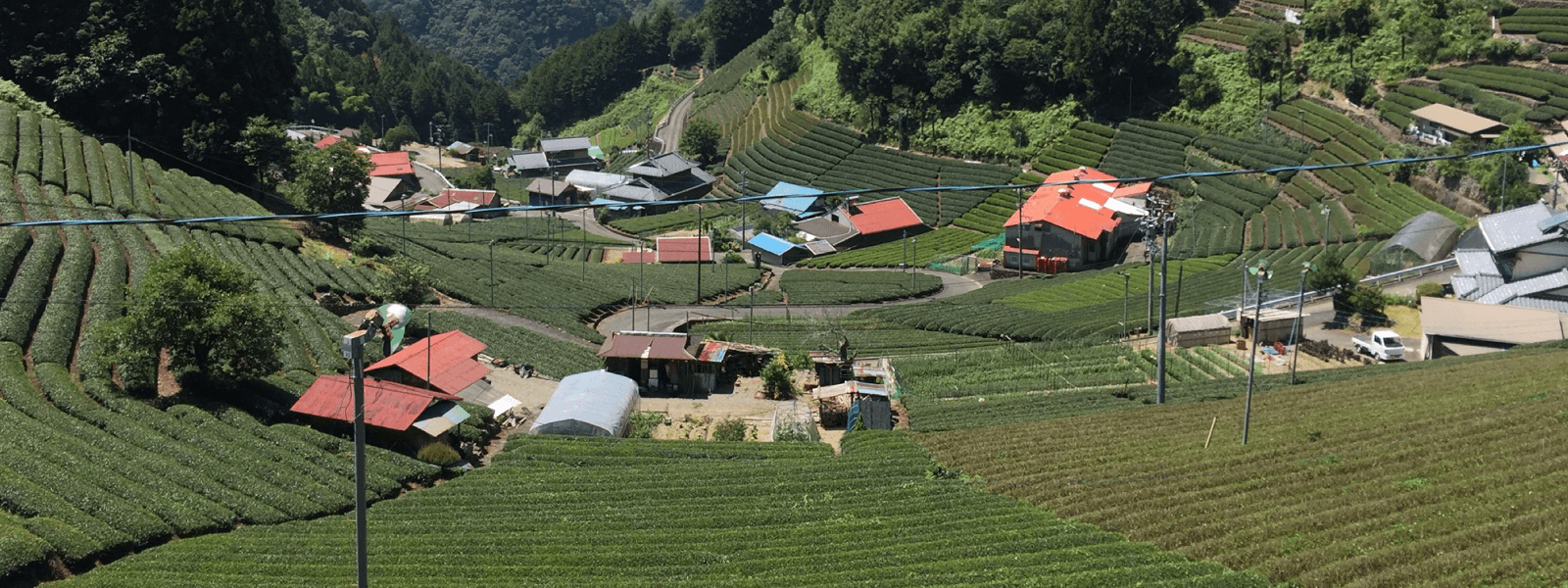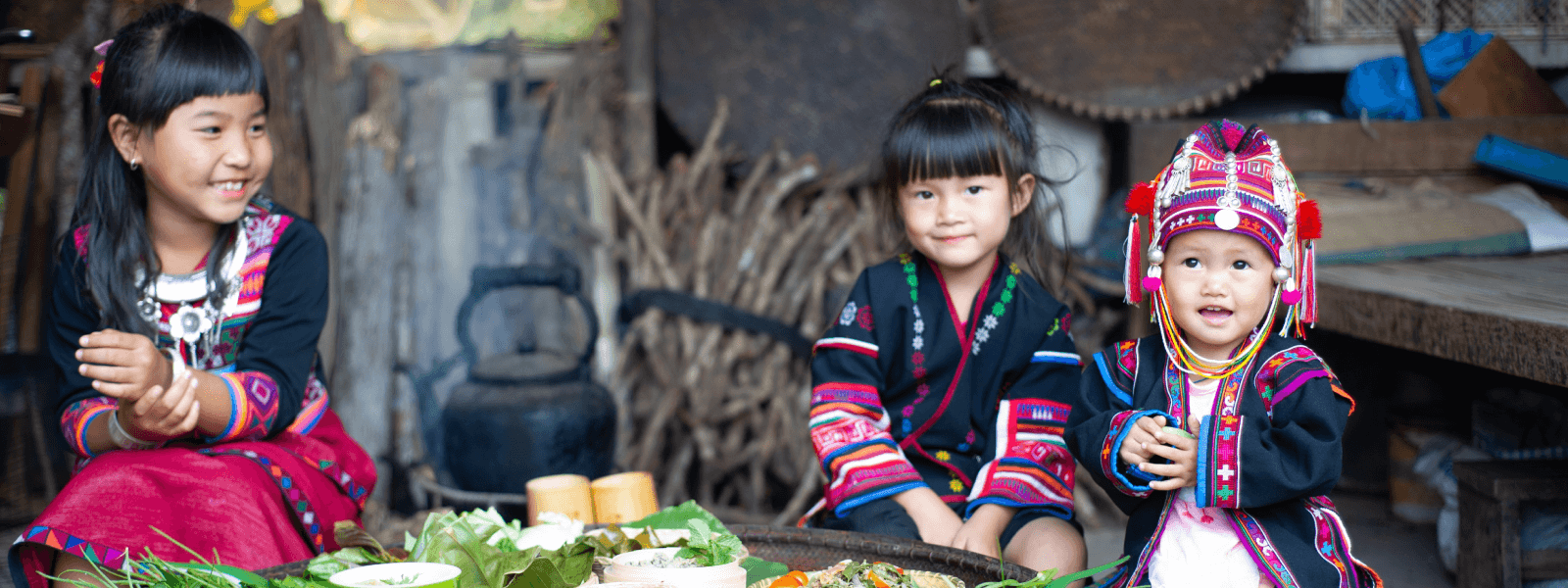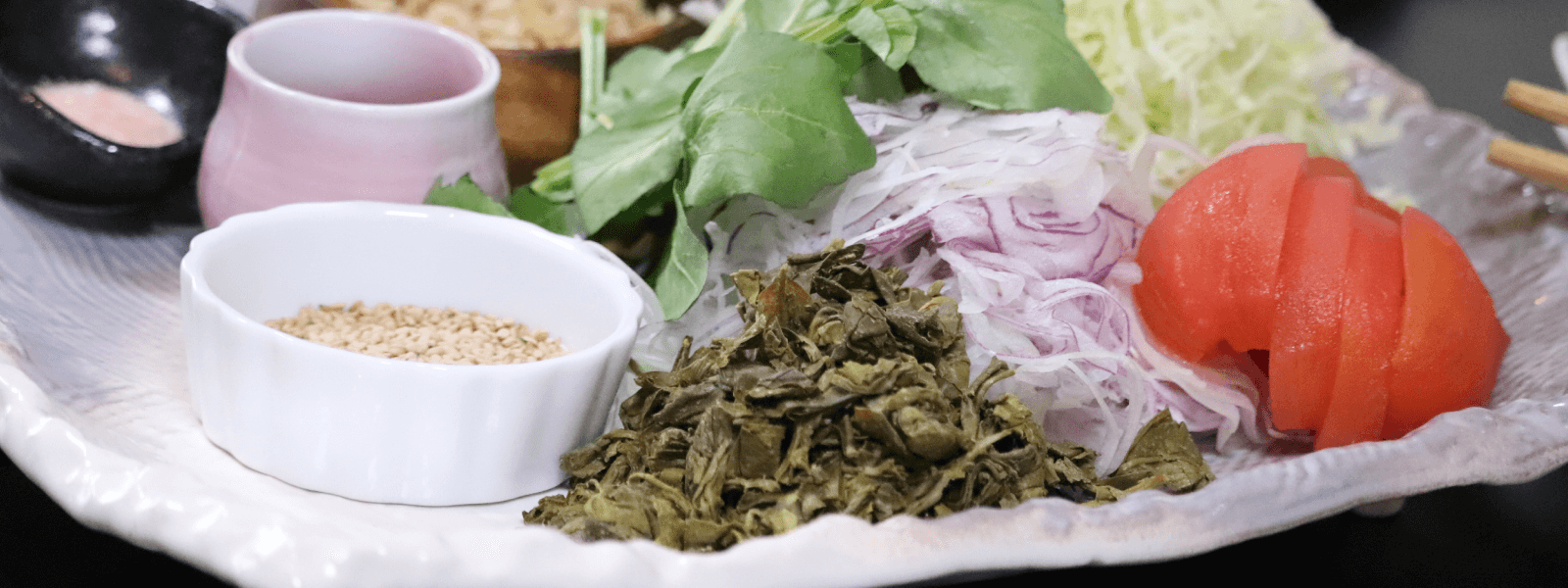After water, tea is the most consumed beverage by more then 3 billion people worldwide.
It has been grown and produced in more than 60 counties. Since the beginning of the 21st century, the global tea industry has developed rapidly with tea plantation areas and productions. However, international tea tourism destinations have not been well developed and promoted as strategies to add value for tea products and revitalize the declining tea industry communities.
From Southwest China, where the wild tea originated, tea has spread globally and adapted to different cultures. Tea makes both intangible and tangible culture the fundamental elements of tea culture commodification as tourism products. They include tea spaces, tea communities, tea products and services, and tea-related activities.
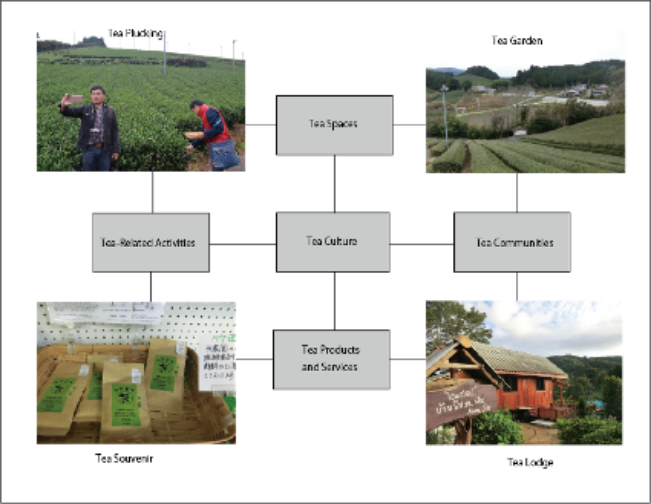
- Tea spaces are directly involved with tea plantation areas, which can be commoditized for tea-related tourism activities such as tea plucking, tea festival, and tea folk music performance,
- Tea communities mean groups of tea producers of farmer households set in the same tea spaces and living with tea ways of life. Tea communities, therefore, are both tangible and intangible cultures regarding commodification. The tangible culture concerns tea farmers or producers’ real estate such as farmhouses and tea factories, which can be commoditized as tea lodges, homestay, or farm-stay. The intangible culture represents customs, beliefs, jobs, and lifestyles such as tea making and processing methods, tea cuisine, and tea telling stories.
- Tea products and services are forms of tea souvenir, management of tea farmer restaurant and accommodation, including tour program.
- Tea-related activities are both outdoor and indoor activities in the tea spaces and tea communities divided into two forms; working as volunteers and learning as tourists.
